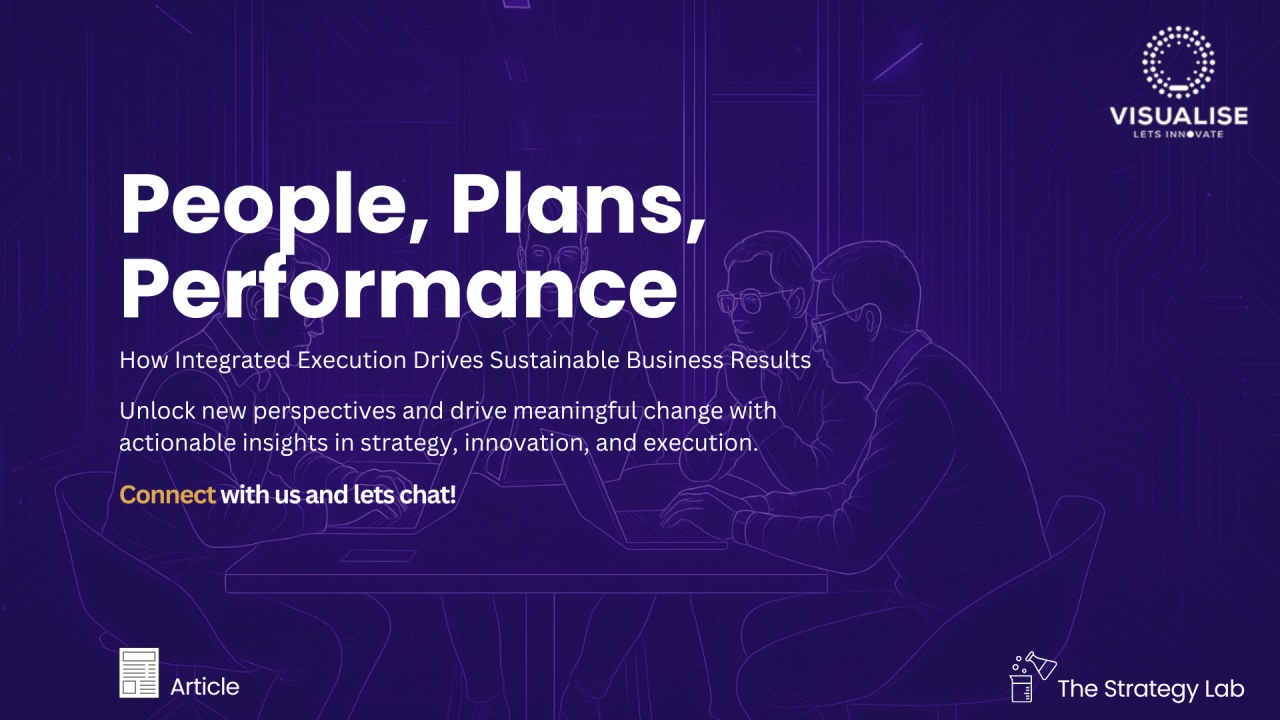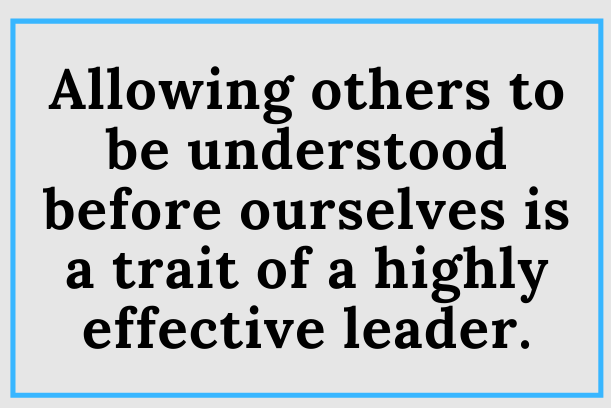Nov01

In an ever-evolving business landscape characterized by rapid technological innovations and shifting consumer preferences, focusing solely on short-term goals is a recipe for obsolescence. The current fast-paced environment demands that organizations not only meet present-day objectives but also gaze into the future. Anticipating how markets and customer behaviours will change is crucial for long-term success. In this article, we explore the importance of long-range planning and present examples of companies that have either thrived or stumbled due to their lack of vision.
One of the most cited cases of corporate nearsightedness is Blockbuster Video. Dominating the video rental market in its heyday, Blockbuster failed to foresee the rise of online streaming services. While Netflix transitioned from a DVD rental service to an online streaming platform, Blockbuster remained fixated on its existing business model. This myopia led to its eventual downfall, providing a cautionary tale for businesses everywhere.
Kodak, once a leader in the photographic film industry, faced a similar fate. Despite creating the first digital camera, the company hesitated to transition from its profitable film business to the new digital frontier. This failure to adapt allowed competitors like Sony and Canon to capture the market, leaving Kodak in the dust.
Amazon is the epitome of long-term planning and foresight. What started as a simple online bookstore under the leadership of Jeff Bezos has transformed into a multi-industry giant. Amazon invested in infrastructure and diversified its portfolio, always with an eye on future trends. Its growth in areas like cloud computing and digital streaming demonstrates the value of visionary planning.
Tesla, under Elon Musk, presents another compelling case. The company was not content merely to produce electric vehicles; it aimed to revolutionize the way we think about transportation altogether. By investing in charging infrastructure and battery technology well before many competitors even entered the field, Tesla has secured a vanguard position in the automotive industry.
Scenario Analysis: Utilize data analytics to simulate potential future conditions and formulate responsive strategies.
Strategic Alignment: Ensure immediate goals are consistent with a larger, long-term vision.
Innovation Investment: Prioritize R&D as an integral part of your growth strategy, not merely as a cost centre.
Market Sensing: Regularly collect and analyze market and customer data to remain agile and responsive to emerging trends.
Leadership Training: Conduct workshops focusing on long-term thinking and effective strategizing for the future.
While short-term achievements are crucial for meeting current business needs, they should be part of a more extensive, future-oriented strategy. Ignoring the long-term is not an option if organizations wish to stay competitive and relevant. By proactively planning for the future, companies can navigate change, seize opportunities, and secure a lasting place in the market.
We help medium-sized businesses to innovate and make measurable progress towards your business outcomes so your company thrives.
Over the years, we’ve used proven and guaranteed Innovation & OKR processes to generate tangible business outcomes in 12 weeks ️ for companies including Roche, IBM and many others.
Stay ahead of the competition. Learn more and contact us now.
By Andrew Constable MBA, XPP, BSMP
Keywords: Business Strategy, Innovation, Leadership
 Strategic Alignment: People, Plans, Performance
Strategic Alignment: People, Plans, Performance How To Understand Your People
How To Understand Your People I found my rhythm during Bar Prep and I Am Not Giving It Back!
I found my rhythm during Bar Prep and I Am Not Giving It Back! Building an Intelligent Flight Assistant: A Multi-Level AI Journey - Agentic and Gemini 2.5 Flash
Building an Intelligent Flight Assistant: A Multi-Level AI Journey - Agentic and Gemini 2.5 Flash The Excel Trap
The Excel Trap